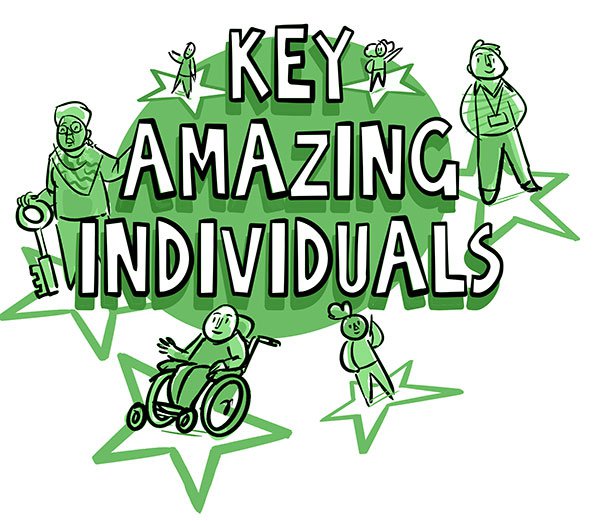Partnerships beyond individuals

Relationships are between individuals, not between organisations. During the first phase of Explore Your Universe, where partnerships were working well a ‘key amazing individual’ from the science centre came up in every interview with community partners. These individuals were accommodating, flexible, responsive and trusted. Nothing was ‘too much to ask’ of them, and, importantly, the community partners felt these individuals knew them well and valued, respected and drew on their expertise.
While these relationships provide a firm and necessary foundation on which the partnership and activity can develop further, this also presents a challenge to the legacy of the partnership. What happens when ‘key amazing individuals’ move on?
Top Tip
Staff working with community partners must be given the opportunity to present and feedback their learning experiences to wider staff teams.
Case Study from Explore Your Universe
For two partnerships in Phase A, when the key, motivated contact (who had also written the proposal) left the science centre, the community partnership was also lost and had to be started again from scratch for a later phase of delivery. In contrast for Dynamic Earth, when both key amazing individuals (from the science centre and the community partner) left their organisations during the Covid-19 lockdown in 2020, the partnership continued and flourished. The difference between these examples rested with the mechanisms in place for sharing connections and knowledge within organisations.
As science practitioners in universities, museums and informal science learning organisations, it is our responsibility to take the lead in continuing the relationship outside of the project delivery period. If contact is lost, it is on us as the partner with more funding, time, or job security to pick conversations up again, even if some time has elapsed.
However, no matter how strong the partnership and how valuable the engagements have been, if only one individual holds the contacts, understanding and trust of the community partnership, the partnership is inherently fragile and the opportunity for organisational learning is very low.
A primary, trusted, open and welcoming contact at the science organisation is a prized first step, but strategies should be put in place to create a resilient partnership. The data from Explore Your Universe suggests that the following strategies support embedding of partnerships:
- A ‘critical mass’ of people from both science and community partnership organisations involved in interactions
- Giving the community partner and/or participants ‘multiple touch points’ for positive relationships with more than one science practitioner
- Involving partners in more than one programme at the science organisation
- Robust mechanisms for internal staff communication
- Explicit systems to share documentation about project work
- A fit with the organisation’s wider direction of travel
- External support (for example from the Association for Science and Discovery Centres) to provide support and advocacy for continuing change.
Case Study from Explore Your Universe
W5 had the ambition of bringing together an audience development plan for their whole organisation which brought community engagement work to the strategic agenda. Jodrell Bank Discovery Centre worked with Space4Autism, involving staff training, mystery shopper visits and feedback about the website, as well as extensive conversations that also tied with their large scale Heritage Lottery Fund project ‘First Light’. Both are examples where community partners could be involved in wider projects or programmes of work with high strategic impact for the science centre.
EYU4 has a focus on co-creation and bringing communities into the heart of what we're doing. Coupled with ASDC this agenda has had a lot more power behind it – more willingness from directors and managers – for all to pay attention and feel motivated to make sure it has the time and attention it needs. In a friendly way we are being held accountable and this gives us, in the community development and engagement team, opportunity to push more for what we feel is important.
Practitioner, Dynamic Earth
